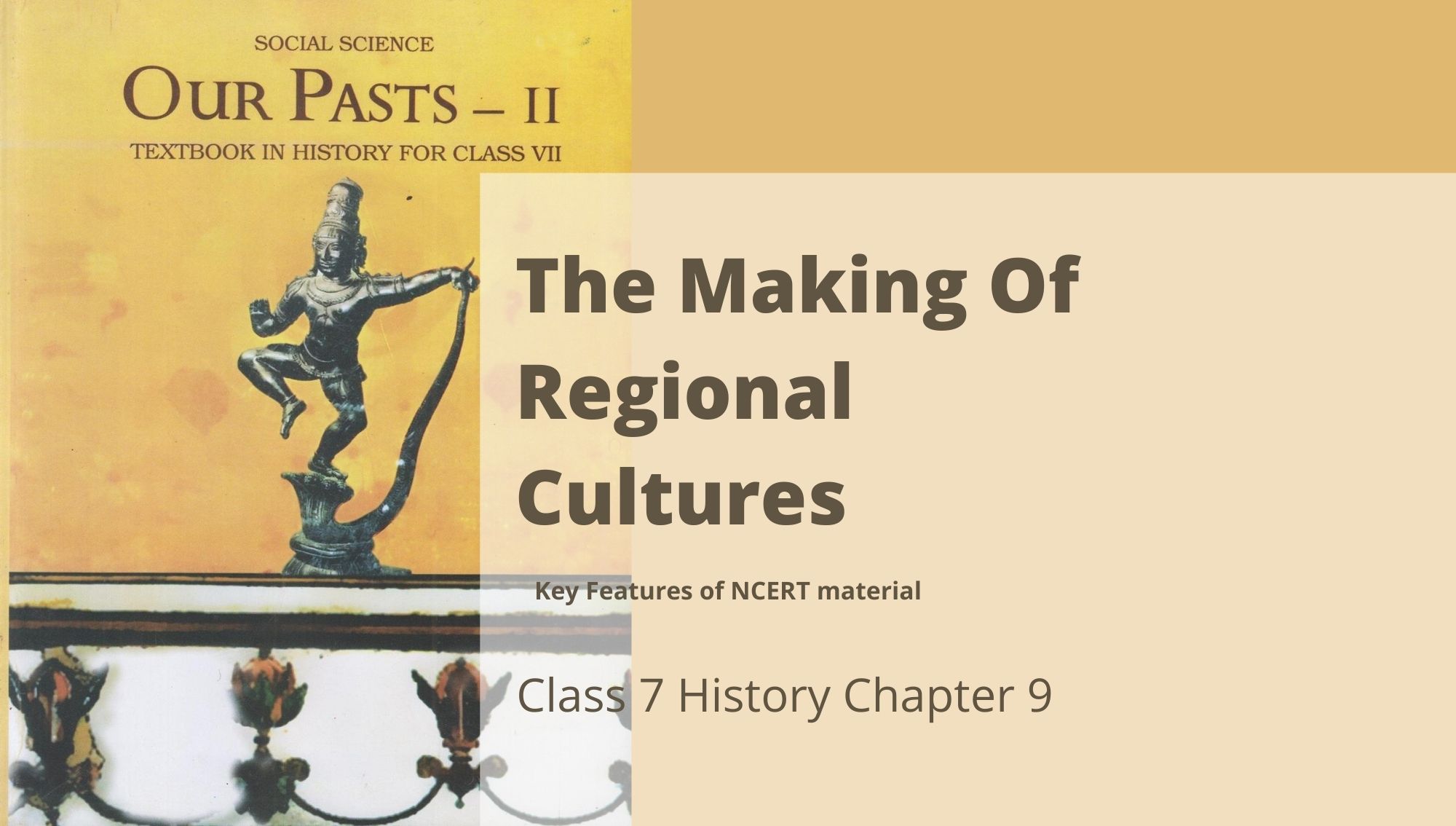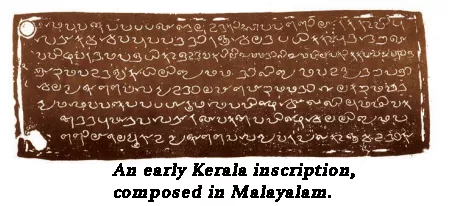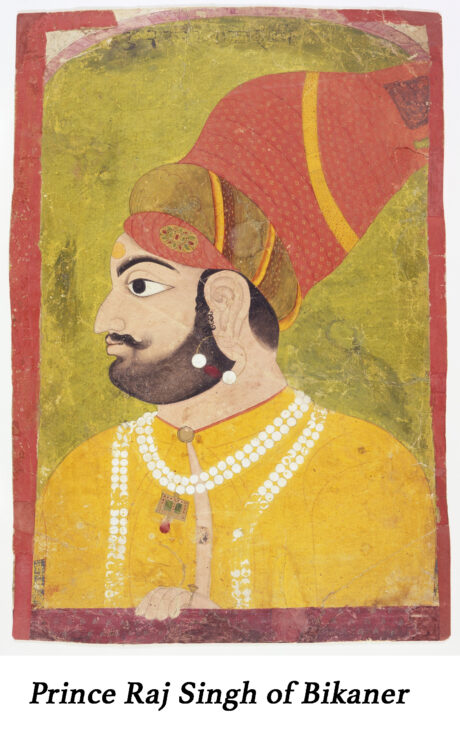The Making Of Regional Cultures: Class 7 History NCERT Chapter 9

Key Features of NCERT Material for Class 7 History Chapter 9 – The Making of Regional Cultures
In the last chapter 8 of NCERT class 7 History: Devotional Paths To The Divine, You learnt about the different Bhakti and Sufi movements about devotion or love of God that have evolved since the 8th century. In chapter 9: The Making of Regional Cultures, You will study how the regional cultures developed over the years. You will learn how the regional cultures today are the result of complex processes of mixing of local traditions with ideas from different regions.
Quick revision notes
The middle ages saw the rise of a few regional languages and the related literature. It is very regular for us to identify a district with its language.
Each area is related to a specific sort of food, clothing, dance, poetry, painting and music.
The Chera empire of Mahodayapuram, which was built up in the ninth century in the southwestern part of Kerala presented the Malayalam language.
Rulers and Religious Traditions: The Jagannatha Cult
- In a few districts, cultures developed around religious traditions.
- The nearby individuals made a wooden picture of the god which, initially a local God, came to be related to Vishnu.
- Temples started becoming the centre of pilgrimage.
The Rajputs and Traditions of Heroism
- In the nineteenth century, the present-day Rajasthan was known as Rajputana by the British.
- There are numerous groups who call themselves Rajputs in Northern and Central India.
- Prithviraj Chauhan was one such ruler.
- Ladies had been given a courageous image since they committed sati or self-immolation.
Beyond Regional Frontiers: The Story of Kathak
- The heroic conventions of different areas helped in the evolution of dance forms in a few locales.
- One such dance was Kathak, which evolved in Northern India. The Kathaks at first were a caste of narrators in North Indian temples.
- The legends of Radha-Krishna were enacted by people in folk plays known as rasalila.
- It incorporated folk dance with the essential gestures of the kathak narrators.
- Music additionally formed into different forms like qawwali and khayal and new instruments like Sitar were invented.
Compositions for Patrons: The Traditions of Miniatures
- During this period, one more custom which deserves our consideration is the miniature painting. Miniatures are small paintings done in watercolour on fabric or paper.
- Akbar, Jahangir and Shah Jahan employed profoundly talented painters to show their manuscripts in the Kitab Khana containing their accounts and verse.
- At the point when the Mughal empire began declining, new aesthetic tastes were created in the regional court of Deccan and Rajput rulers.
- One intense style of miniature painting was called Basohli.
- One of the most well-known paintings of the Himalayas region was Bhanudatta’s Rasamanjari.
- The Kangra artists by the mid-eighteenth century added a new life to miniature paintings.
The Growth of a Regional Language: Bengal
- Regional language is the language which an individual talks in an area.
- It is commonly expected that the Bengali language is spoken by individuals of Bengal.
- Bengali started from Sanskrit however later on built up its own identity and literature.
- Early Bengali writing might be divided into two classes—The first is translations from Sanskrit epics and the second incorporates Nath literature.
Pirs and Temples
- From the sixteenth century, individuals moved in enormous numbers from less fertile western Bengal to the forests of south-eastern Bengal.
- With Mughal command over Bengal, the capital moved to Dhaka. Authorities got land grants. Mosques were built.
- The early settlers found support from educators called Pirs. They incorporated saints or Sufis and religious personalities.
Today’s regional cultures are the result of intermixing of local traditions with ideas from different regions of the Indian subcontinent.
The Chera Kingdom of Mahodayapuram was built up in the ninth century in the south-western piece of the peninsula, some portion of present-day Kerala. The rulers presented the Malayalam language and script their engravings. 
The Cheras additionally drew upon Sanskritic traditions. The Temple theatre of Kerala acquired stories from the Sanskrit epics.
In different areas, regional cultures developed around religious traditions. The best example of this procedure is the cult of Jagannath at Puri, Orissa. The word Jagannath means the lord of the world, a name for Vishnu.
Anantavarman, the leader of the Ganga dynasty in the twelfth century, constructed a temple for Purushottama Jagannatha at Puri.
The Rajputs contributed a ton to the culture of Rajasthan. From about the eighth century, a large portion of the present-day region of Rajasthan was governed by different Rajput families. One such ruler was Prithviraj.
Rajput rulers valued the idea of the hero who battled courageously, often picking demise on the war field as opposed to accepting defeat.
Stories about Rajput legends were recorded in songs and poems. Ladies were also in focus on these stories. They are portrayed as following their heroic husband in both life and demise. They frequently decided to become sati on the funeral pyre of their husbands.
Kathaks
Not just heroic customs are found in various regions in various forms, but in dance as well. Simply take the historical backdrop of one such dance form, Kathak.
The term kathak came from Katha, a word utilized in Sanskrit and different dialects for a story.
The Kathaks were initially a caste of narrators in temples of north India, who enhanced their performances with songs and gestures.
Kathak started developing into a distinct form of dance in the fifteenth and sixteenth century.
Under the Mughals, it was created in two customs or gharanas—one was in the courts of Rajasthan (Jaipur) and the other in Lucknow. Gradually and consistently it flourished in Punjab, Haryana, Jammu and Kashmir and so forth.
Kathak was perceived as one of six classical style types of dance in the nation after freedom. Other classical styles of dance are—Bharatnatyam (Tamil Nadu), Kathakali (Kerala), Odissi (Orissa), Kuchipudi (Andhra Pradesh) and Manipuri (Manipur).
More To Know
The custom miniature artistic creation is likewise imperative. Miniatures are little estimated paintings, done in watercolor on fabric or paper. Initially, miniatures were on palm leaves or wood.
The Mughal heads patronized exceptionally talented painters.
With the decrease of the Mughal Empire, numerous painters left the courts of the emerging regional states.
By the late seventeenth century a bold and extreme style of miniature painting called Basohli got created in the Himalayan lower regions around the present state of Himachal Pradesh. Here, the Mughal craftsmen established the Kangra school of painting.
Delicate colors, including cool blues and greens, and lyrical theme of topics recognized in Kangra painting.
Bengali
Now we will see how Bengali, a regional language, developed over the span of time.
From the eighth century, Bengal turned into the centre of the regional kingdom under the Palas. Between the fourteenth and sixteenth centuries, Bengal was controlled by Sultans. In 1586, Akbar acquired Bengal while Persian was the language of administration, Bengali created as a local language.
Albeit Bengali is derived from Sanskrit, it went through several phases of advancement.
Early Bengali writing may be divided into two classifications. First incorporates translations of the Sanskrit epics, the Mangala Kavyas and Bhakti literature, for example, life stories of Chaitanyadeva, the second incorporates Nath literature like songs of Maynamati and Gopichand, stories concerning the love of Dharma Thakur and folk stories, fairy tales, and ballads.
The cult of ptr (an otherworldly guide) got well known in Bengal and their shrines can be found there.
Various temples were built in Bengal. Local gods started to be worshipped in temples.
Bengal, being in a riverine plain, produces bountiful rice and fish. These two things are significant nourishments of the Bengalis. The Bengal Brahmanas also eat fish.
Fishing has been a significant control of the Bengalis.
Bengali literature contains a few references to fish.
Lilatilakam:
A fourteenth-century text of Sanskrit that deals with poetics and grammar.
Rajputana:
The region that consists most of present-day Rajasthan was known as Rajputana by the Britishers during the 19th century.
Sati:
The immolation of widows on the funeral pyre of their spouses.
Kathak:
The term originated from Katha, a word used in Sanskrit and other languages for the story.
Rasa Lila:
The legends of Radha-Krishna were played in folk plays known as rasa Lila.
Gharana:
The tradition of classical dance and music.
Classical:
Old and memorable having perpetual value.
Miniature:
It is a small-sized painting, typically done in watercolour on cloth or paper.
Basohli:
The intense and bold style of miniature painting.
Per:
It is a Persian word which means a spiritual guide.
Animism:
Attribution of living souls to plants, lifeless things, and natural phenomena.
Kolu:
Pressures of Oil.
Kansari:
Bell metal laborers.
Dochala:
Doubled-roof structure.
About the 12th Century – The early Literary works in Malayalam.
14th Century Lilatilakam – a text associated with poetics and grammar merging two languages Sanskrit and regional languages was published.
12th Century – Anantavarman, a ruler of Ganga dynasty, chose to build a temple for Purushottam Jagannatha at Puri.
1230 AD – King Anangabhima III dedicated his entire kingdom to the deity and was self-proclaimed the ‘deputy’ of the deity.
19th Century – The region of Rajputana taken by the British.
The 3rd quarter of the 19th Century – ‘Kathak’ was firmly established as a dance form in many regions.
1739 AD – Nadir Shah attacked Delhi.
Mid-18th Century – Kangra artists created a style of miniature painting for their survival.


